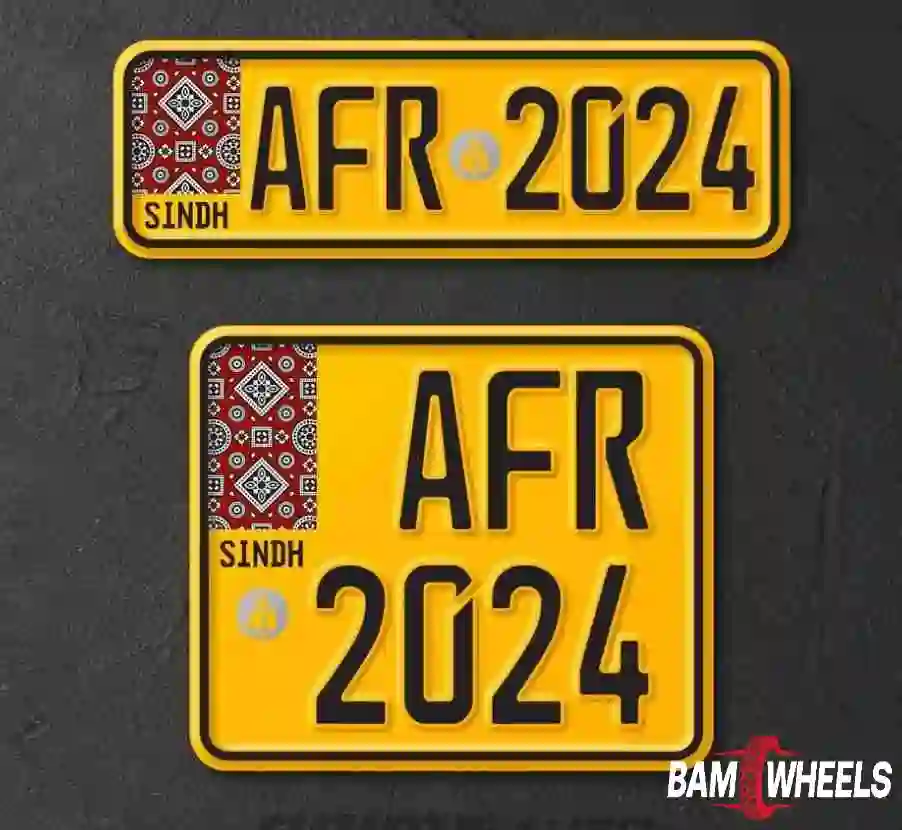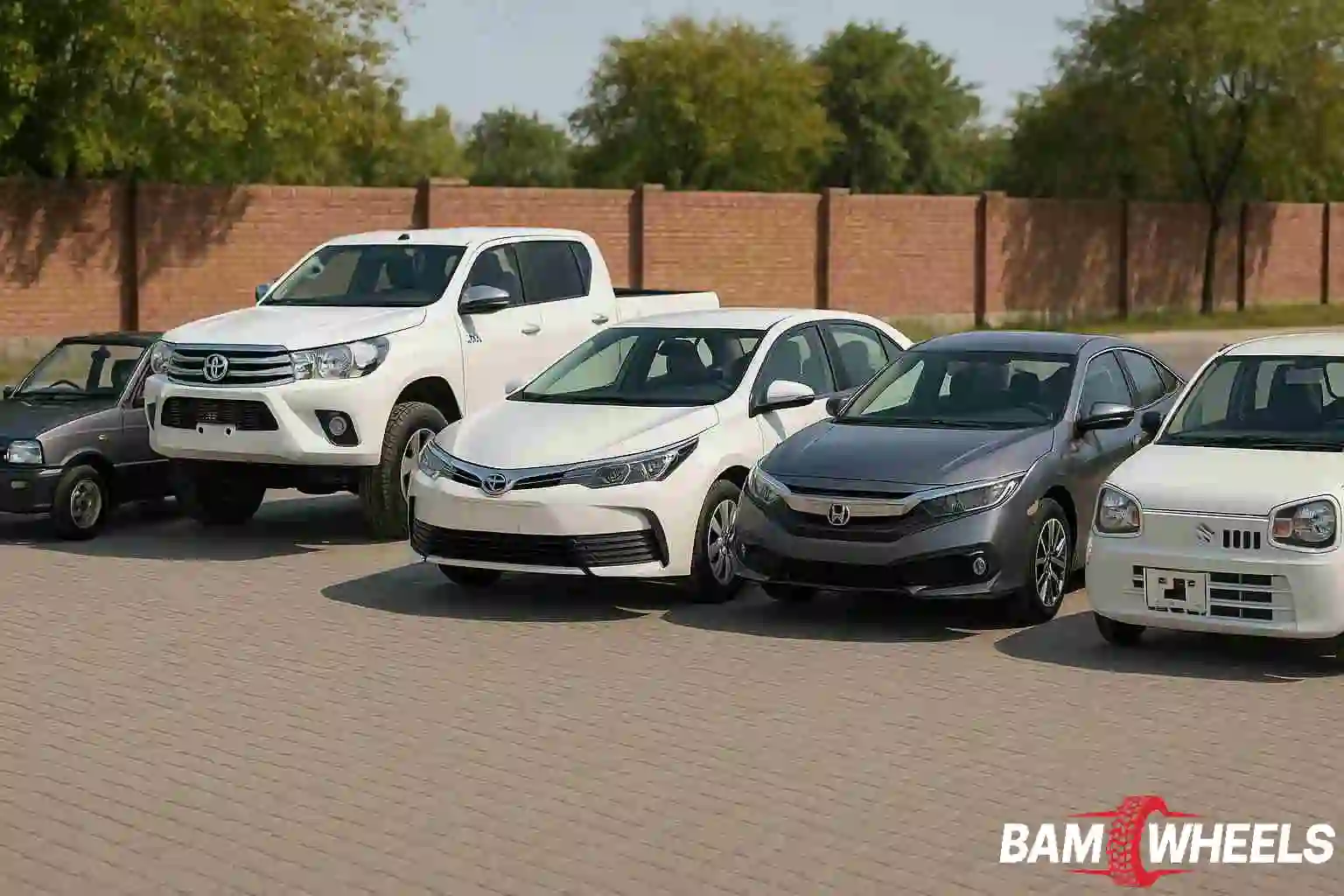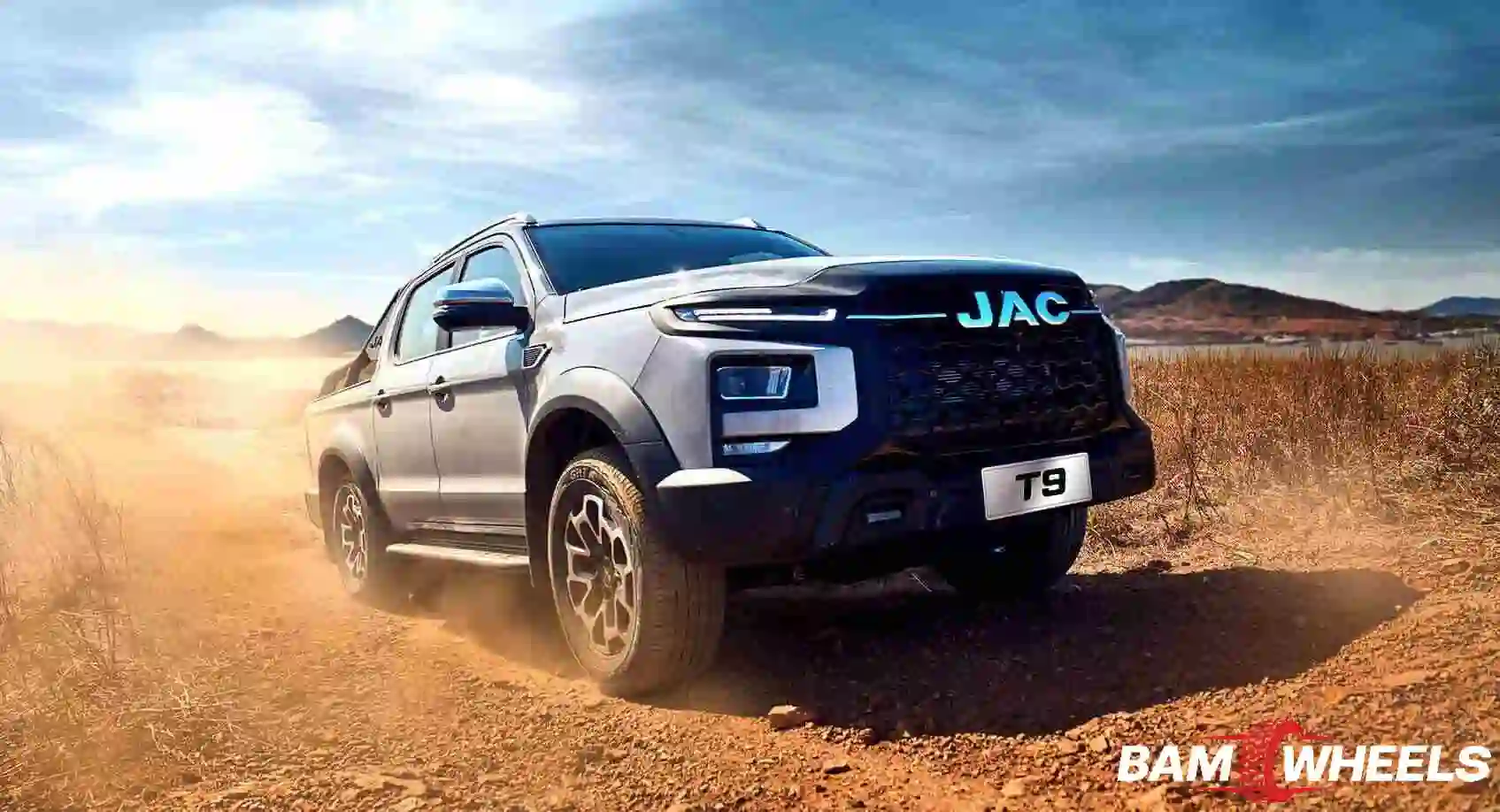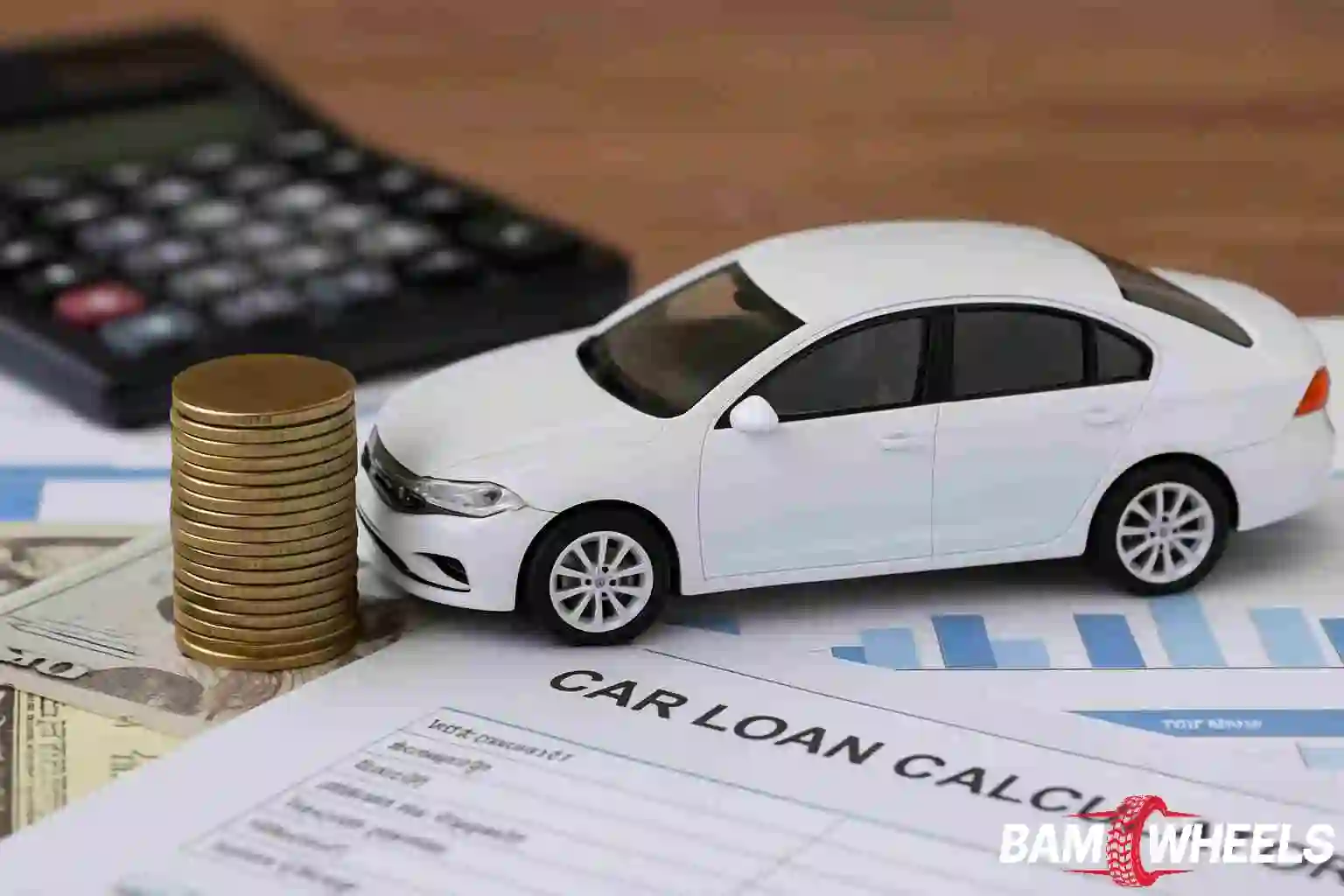Buying a car is a major financial commitment, and for many Pakistanis, securing the right financing is key to making that dream a reality. With a range of financing options available, consumers often face challenges in deciding which is best for their needs. This guide explores conventional and Islamic car financing options available in Pakistan and breaks down their key features to help you make an informed decision.
Bank Auto Loans
Bank auto loans are one of the most common ways to finance a car in Pakistan. In this model, the bank lends you money to purchase the vehicle, and you repay the loan in installments with interest.
- Eligibility: You need a stable income, a good credit history, and proof of identity. Banks may also require a minimum monthly income (around PKR 40,000–50,000) and a clean credit record.
- Down Payment: Banks generally require a down payment of 30% of the car’s price.
- Tenure: Bank loans typically last between 1 and 5 years, with a longer tenure resulting in smaller monthly payments but higher total interest.
- Ownership: The car is registered in your name, but the bank holds a lien until the loan is fully repaid. If you miss payments, the bank can repossess the vehicle.
- Cost Implications: You’ll pay interest on the loan, which increases the overall cost of the car. Interest rates in Pakistan range between 12% and 18%.
Leasing
Leasing is another common option, where the bank or a leasing company buys the car and rents it to you for a fixed period. At the end of the lease, you have the option to purchase the vehicle.
- Eligibility: Similar to bank loans, leasing companies require proof of income and creditworthiness.
- Down Payment: Leasing companies typically require a down payment of around 20% to 30%.
- Tenure: Lease terms generally range from 2 to 5 years.
- Ownership: You don’t own the car during the lease period; the leasing company does. At the end of the lease term, you can either return the car or purchase it for a token amount.
- Cost Implications: Leasing often has lower monthly payments than a bank loan, but the overall cost of the car is higher due to interest built into the rental payments.
Hire-Purchase
Hire-purchase combines elements of both loans and leasing. In this arrangement, you make monthly payments toward owning the car, but you don’t fully own it until all payments are completed.
- Eligibility: Requires proof of income and stable employment.
- Down Payment: Typically around 20% to 30% of the car’s price.
- Tenure: Usually 1 to 5 years.
- Ownership: You gain ownership once all payments are made. The car is registered in your name from the start, but the financer holds a lien on it.
- Cost Implications: The total cost is higher than a bank loan due to interest charges, but it allows for easier ownership.
Islamic Car Financing Options
For consumers who wish to avoid interest-based financing, Islamic banks offer Shariah-compliant alternatives, including Murabaha, Ijarah, and Diminishing Musharakah. These options are based on Islamic principles, where no interest (riba) is charged. Instead, the cost is derived from profit margins, rentals, or co-ownership structures.
Murabaha (Cost-Plus Financing)
Murabaha is a sale-based contract where the bank purchases the car and sells it to you at a higher price, which includes the bank’s profit. The price and repayment schedule are agreed upon upfront.
- Eligibility: Similar to bank loans, you need a stable income and good credit.
- Down Payment: Typically around 30%.
- Tenure: 1 to 5 years.
- Ownership: You own the car from day one, but the bank holds a lien until the loan is fully paid.
- Cost Implications: The total price includes the bank's profit, which is akin to interest but legally distinct. The overall cost is comparable to an interest-based loan.
Ijarah (Islamic Lease)
Ijarah works as a lease agreement where the bank purchases the car and leases it to you for a fixed period. At the end of the lease term, ownership is transferred to you, usually for a token amount.
- Eligibility: Requires proof of income and stability.
- Down Payment: Around 30%.
- Tenure: 1 to 5 years.
- Ownership: The bank retains ownership during the lease, but you can purchase the car at the end of the term.
- Cost Implications: Monthly rent payments include the bank’s profit, and the total cost of the car is generally higher than its market value.
Diminishing Musharakah (Co-Ownership)
In Diminishing Musharakah, you and the bank jointly purchase the car. You then gradually buy out the bank’s share over time, and the bank’s ownership decreases as your share increases, until you own 100% of the car.
- Eligibility: Similar to Murabaha, you need a good financial history and income.
- Down Payment: Typically 20%–30%.
- Tenure: 1 to 5 years.
- Ownership: Both you and the bank share ownership. As you pay off your share, the bank’s ownership decreases, and you gain full ownership over time.
- Cost Implications: The total cost is similar to Murabaha, with payments covering the bank’s profit and the purchase of its share.
Comparison Table of Car Financing Options
| Financing Option | Profit Rate (Annual) | Average Down Payment | Loan Tenure | Ownership During Term |
|---|---|---|---|---|
| Bank Loan | 12%–18% (interest) | 30% | 1–5 years | Buyer owns the car with bank lien |
| Leasing | Similar to interest rates | 20%–30% | 2–5 years | Bank owns the car, option to buy |
| Hire-Purchase | Similar to interest rates | 20%–30% | 1–5 years | Buyer owns car after full payment |
| Murabaha | Profit margin (fixed) | 30% | 1–5 years | Buyer owns car from day one, bank holds lien |
| Ijarah | Profit margin (fixed) | 30% | 1–5 years | Bank owns car during lease, buyer can purchase at the end |
| Diminishing Musharakah | Profit margin (fixed) | 20%–30% | 1–5 years | Joint ownership, buyer gradually buys out bank |





